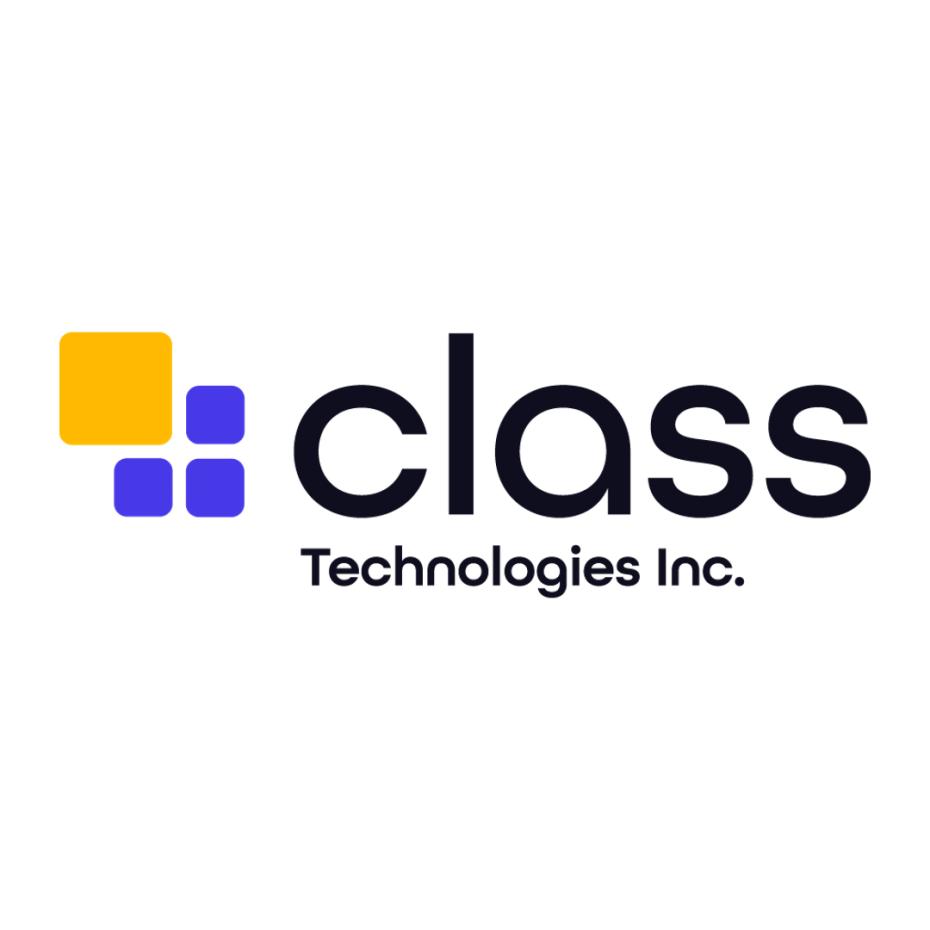
Building engagement in Europe and the Middle East through hybrid learning
At a webinar held in partnership with Class, delegates considered how universities could get the right mix of online and in-person for the best learning delivery
The digital tools adopted by higher education during Covid-19 lockdowns are here to stay. Universities now need to adapt them for a hybrid learning environment. At a THE webinar held in partnership with Class, delegates discussed how effective hybrid learning can support student retention and reflected on how their delivery models had changed.
Eesa Al Bastaki, president of the University of Dubai, said hybrid learning needed to be a “connector and enabler”, offering high-quality learning to users. Encouraging interaction beyond the classroom, whether in the form of virtual games or incentivising learning through microcredentials, fuelled engagement, he said. “If you create groups where students can work and play together, that helps them love to learn,” he added.
During the pandemic, it soon became clear to faculty members that “talking head” platforms that delivered synchronous classes had their limitations. “They laboured the educational experience,” said Matt Baker, senior vice-president for strategy and international at Class. “The focus now is on bringing in tools that allow for greater engagement between the teacher and the students.” More sophisticated tools can now personalise aspects of synchronous delivery, he added, such as allowing students who require more privacy to share a camera with their teacher but not the rest of the class.
Loïc Plé, director of teaching and learning at IÉSEG School of Management in France, said embedding hybrid learning into course planning was crucial. “If you want to deliver a good teaching and learning experience, you need to focus on course design and how you blend the online experience with what happens in class,” he explained. “It’s important to make sure that you know why you’ve put a certain aspect online and why this supports the class dimension of the course.”
Connie Mitchell, vice-dean of Prince Sultan University in Saudi Arabia said this approach was under way at her institution. “Blended learning integrates the face-to-face aspect with asynchronous elements online,” she said. “Students are familiar with platforms such as Instagram or Snapchat, and are using those frequently to talk to one another about their classes. It helps them bond and collaborate online and is also asynchronous.”
Effective feedback loops are at the heart of hybrid learning. IÉSEG School of Management, for example, uses the ChallengeMe tool where students can offer anonymous feedback to one another and get used to peer reviewing. PSU uses discussion boards in its online learning communities to encourage peer feedback.
Delegates agreed, however, that universities need to ensure that access to the online aspect of the learning is equitable. A recent survey by Class and THE found that 80 per cent of students experienced instances when they couldn’t access online content due to problems with equipment or bandwidth. Training both staff and students in learning platforms should also not be overlooked. “We assume [students] know how to use these tools, but that’s not always the case,” said Plé.
Using technology to support synchronous and asynchronous learning delivery will create a richer pool of data. “Previously the sort of data we could collect would amount to who was on the roster or some feedback at the end of the course,” Baker concluded. “The data you can collect now can be fed straight back into teaching and learning to make the delivery even more powerful.”
The panel:
- Eesa M. Al Bastaki, president, University of Dubai
- Matt Baker, senior vice-president for strategy and international, Class
- Julia Gilmore, branded content manager, EMEA and the Americas, Times Higher Education (chair)
- Connie Mitchell, vice-dean, Prince Sultan University
- Loïc Plé, director of teaching and learning, IÉSEG School of Management
Watch the webinar on demand above or on the THE Connect YouTube channel.
Find out more about Class Technologies.
